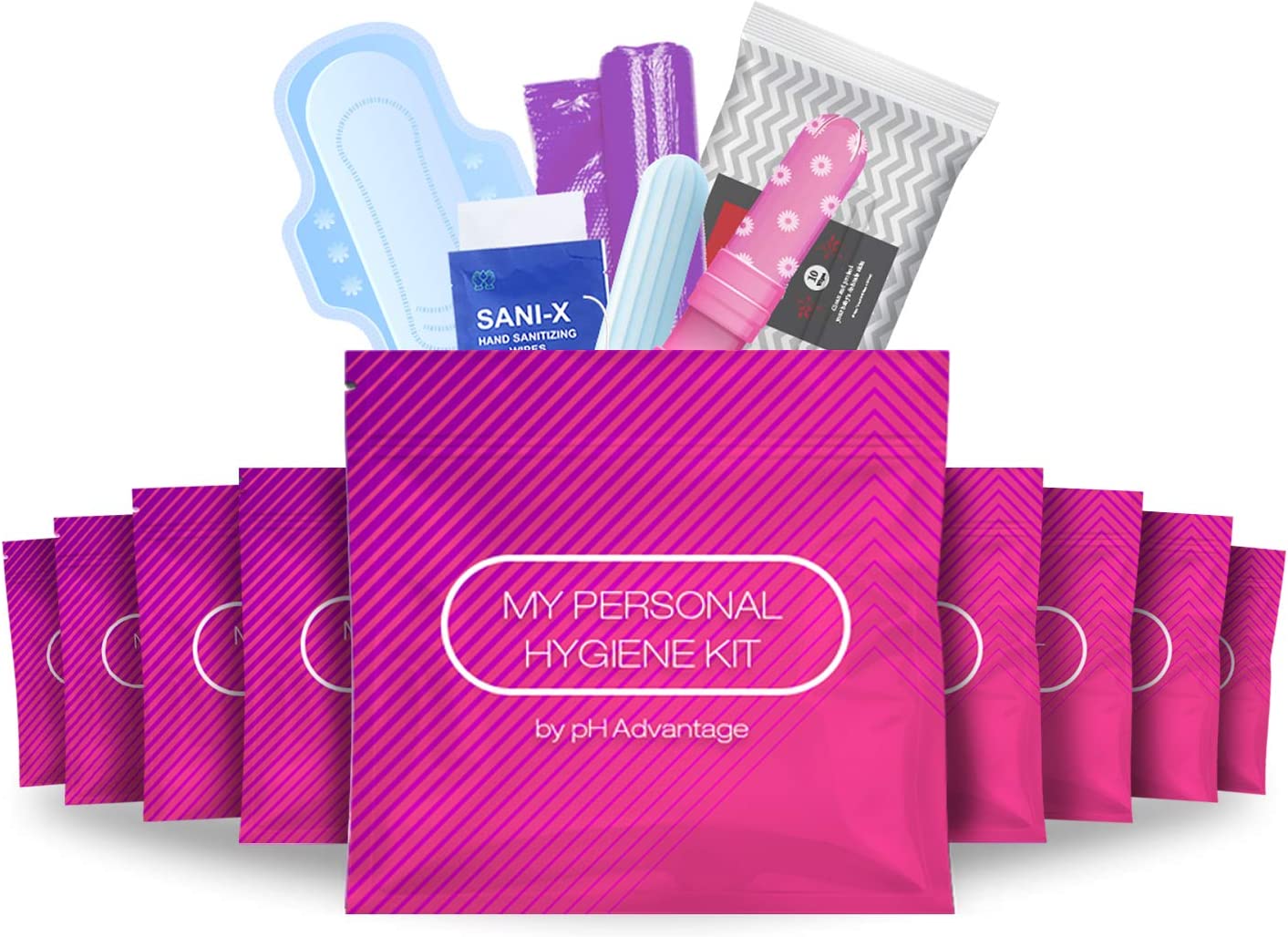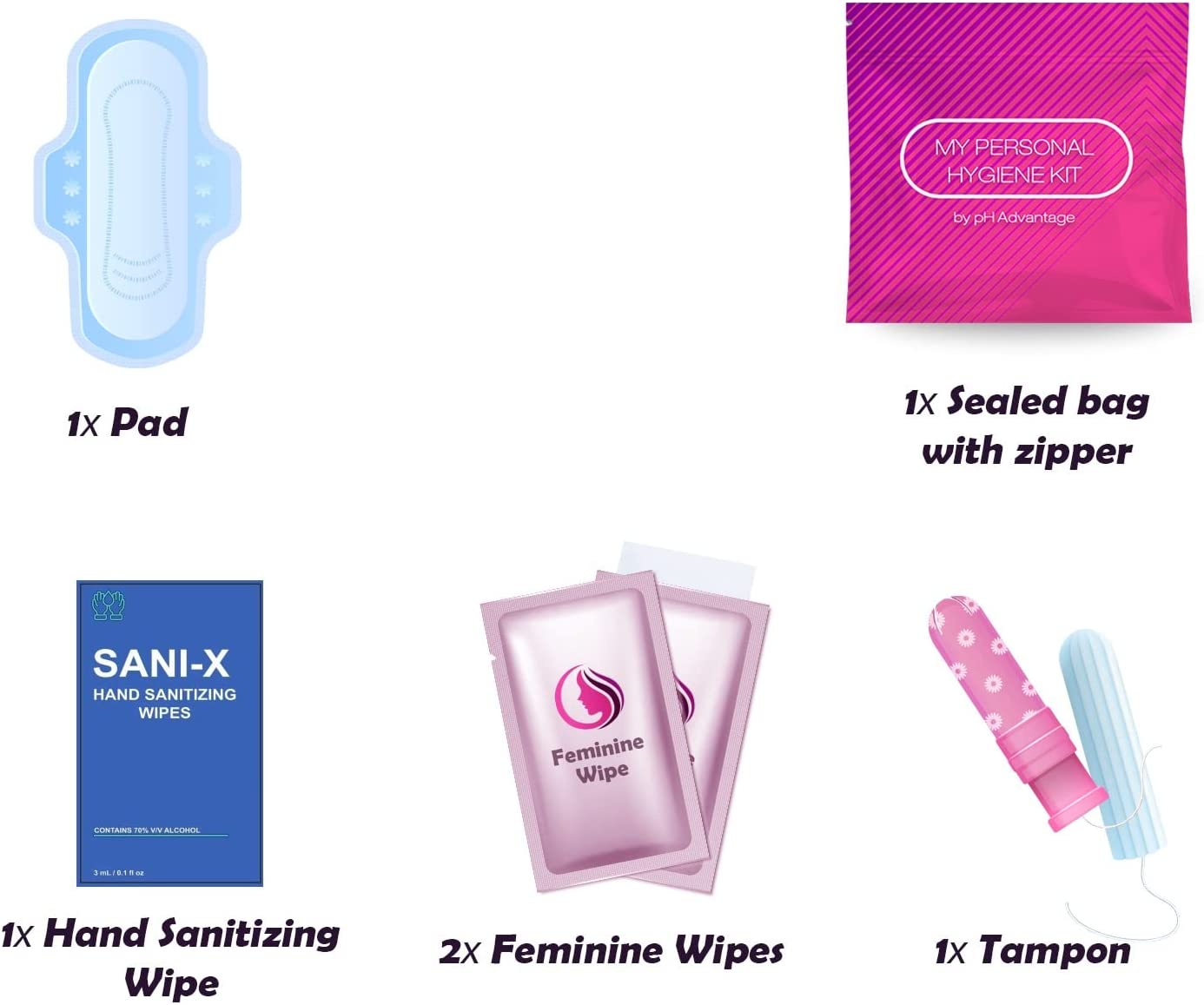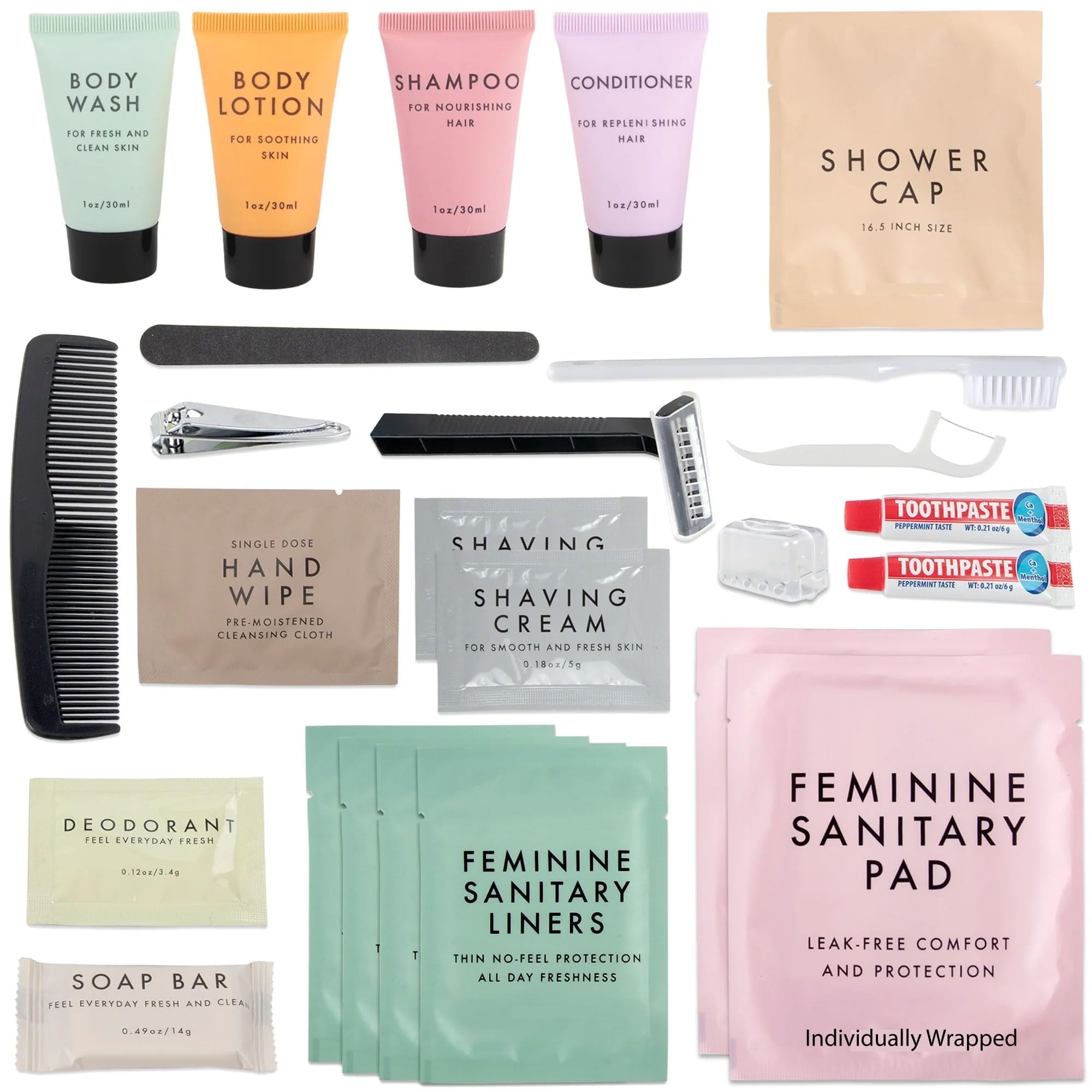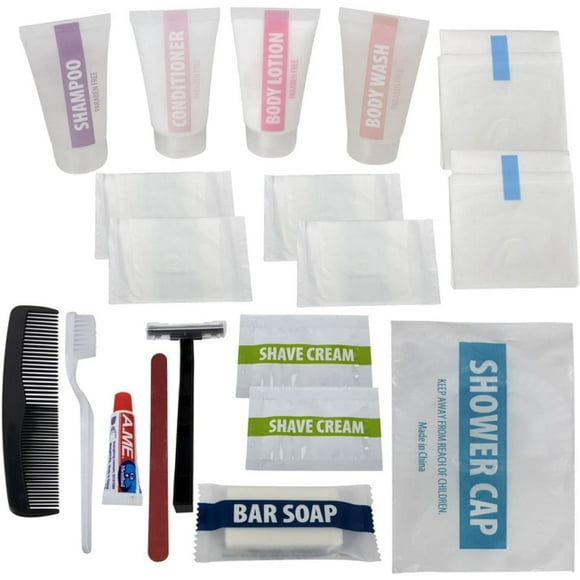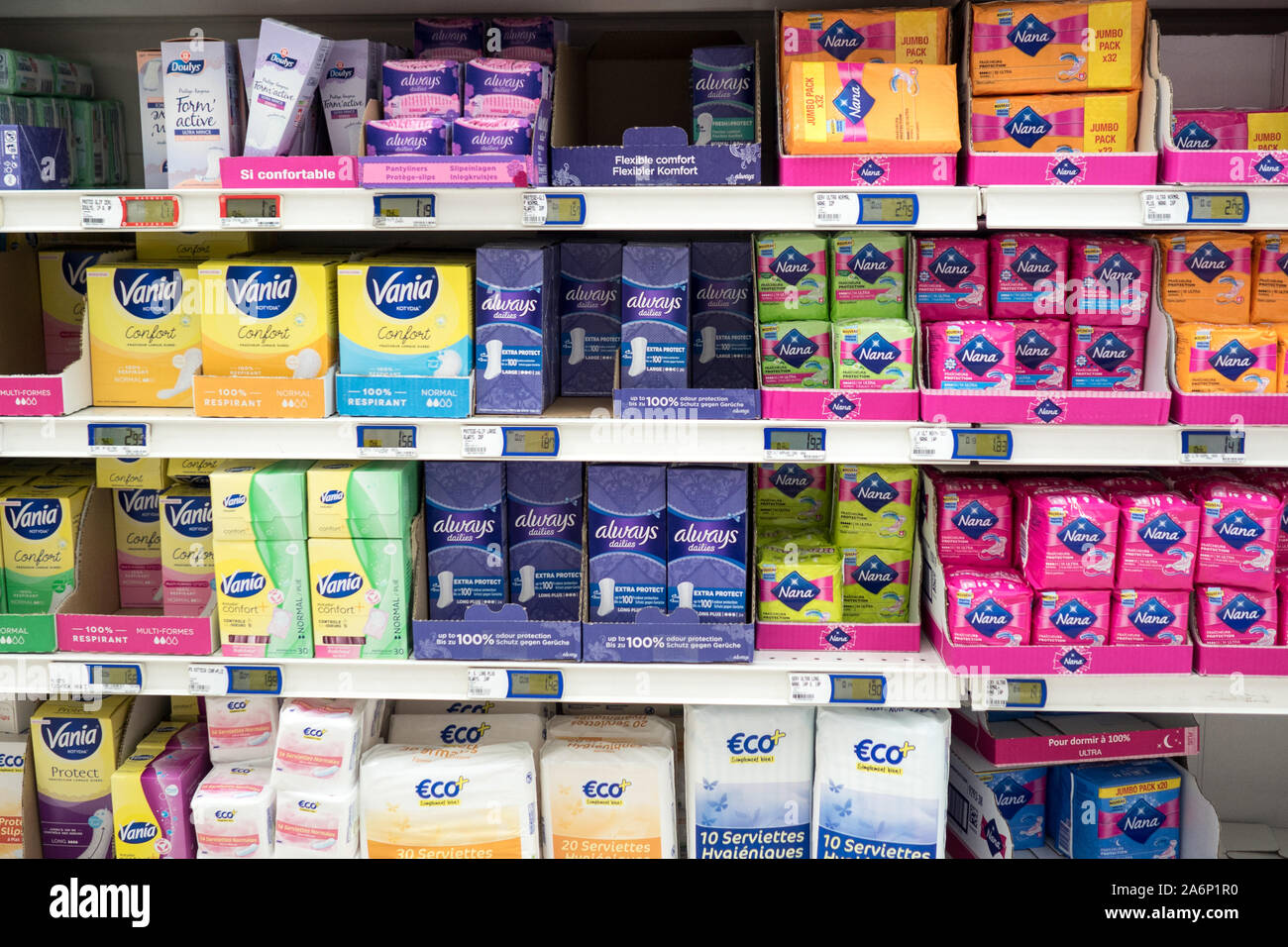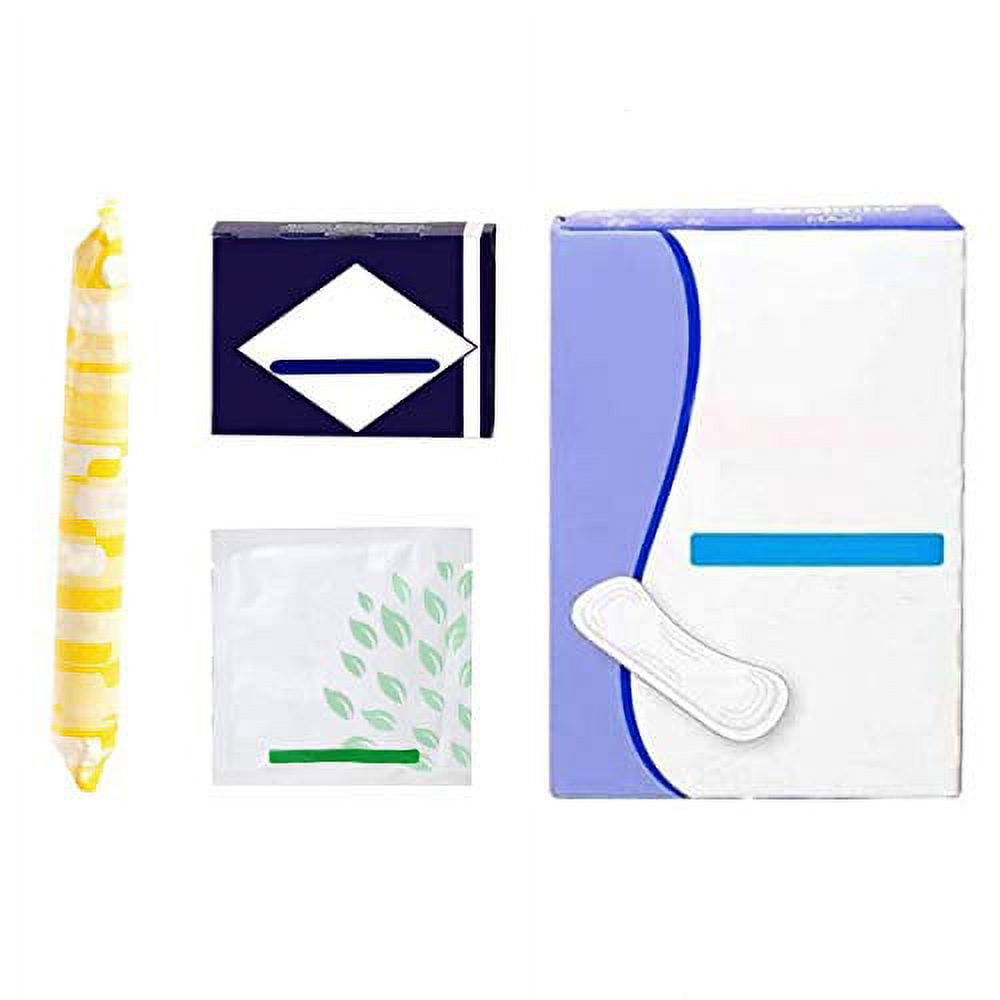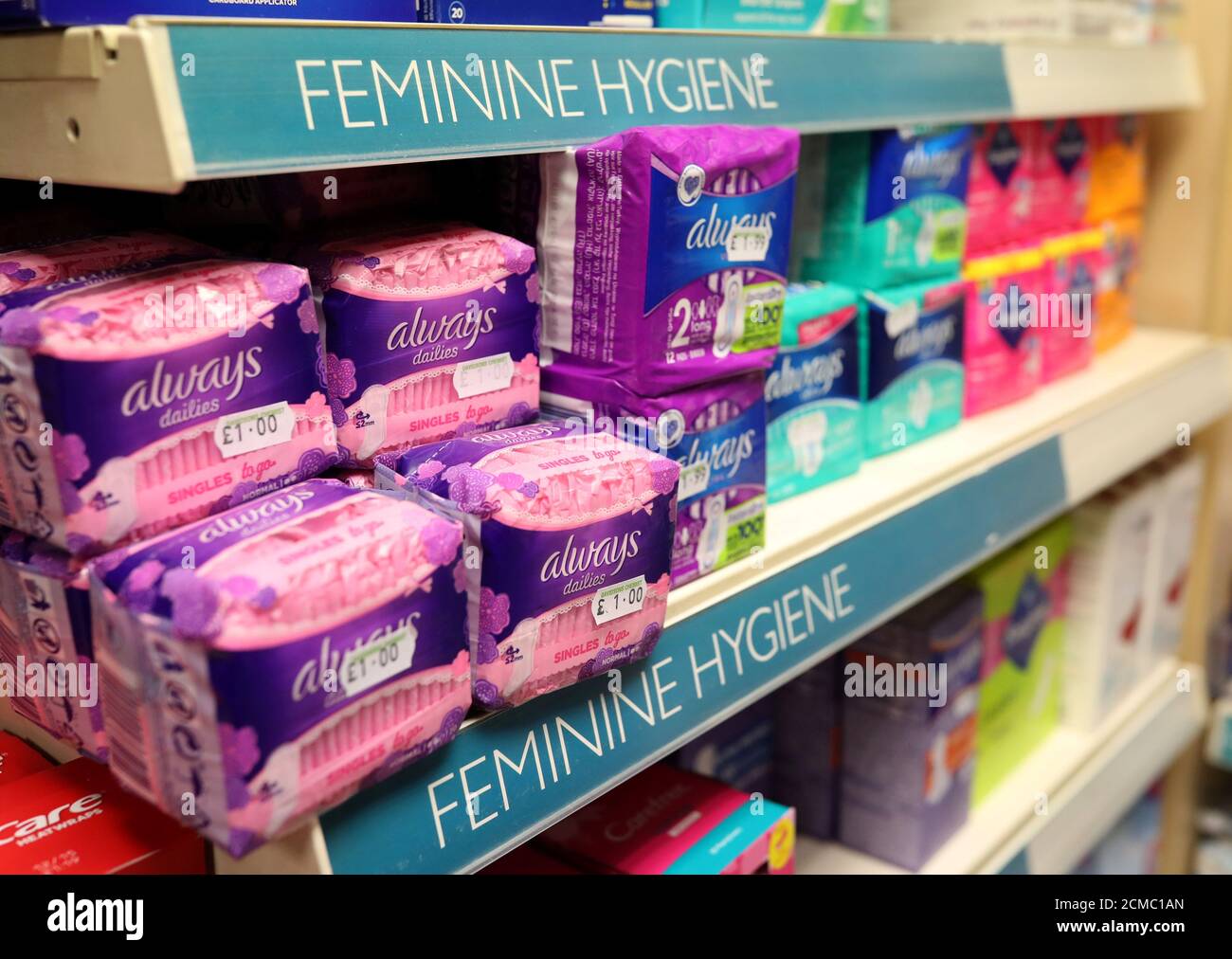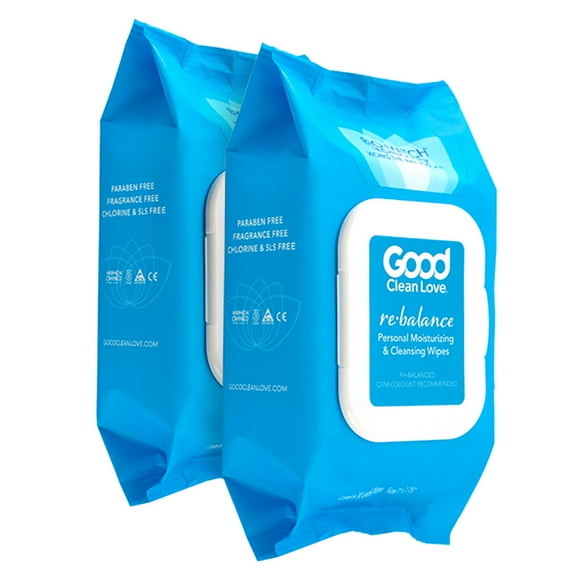Bulk Feminine Hygiene Products For Schools
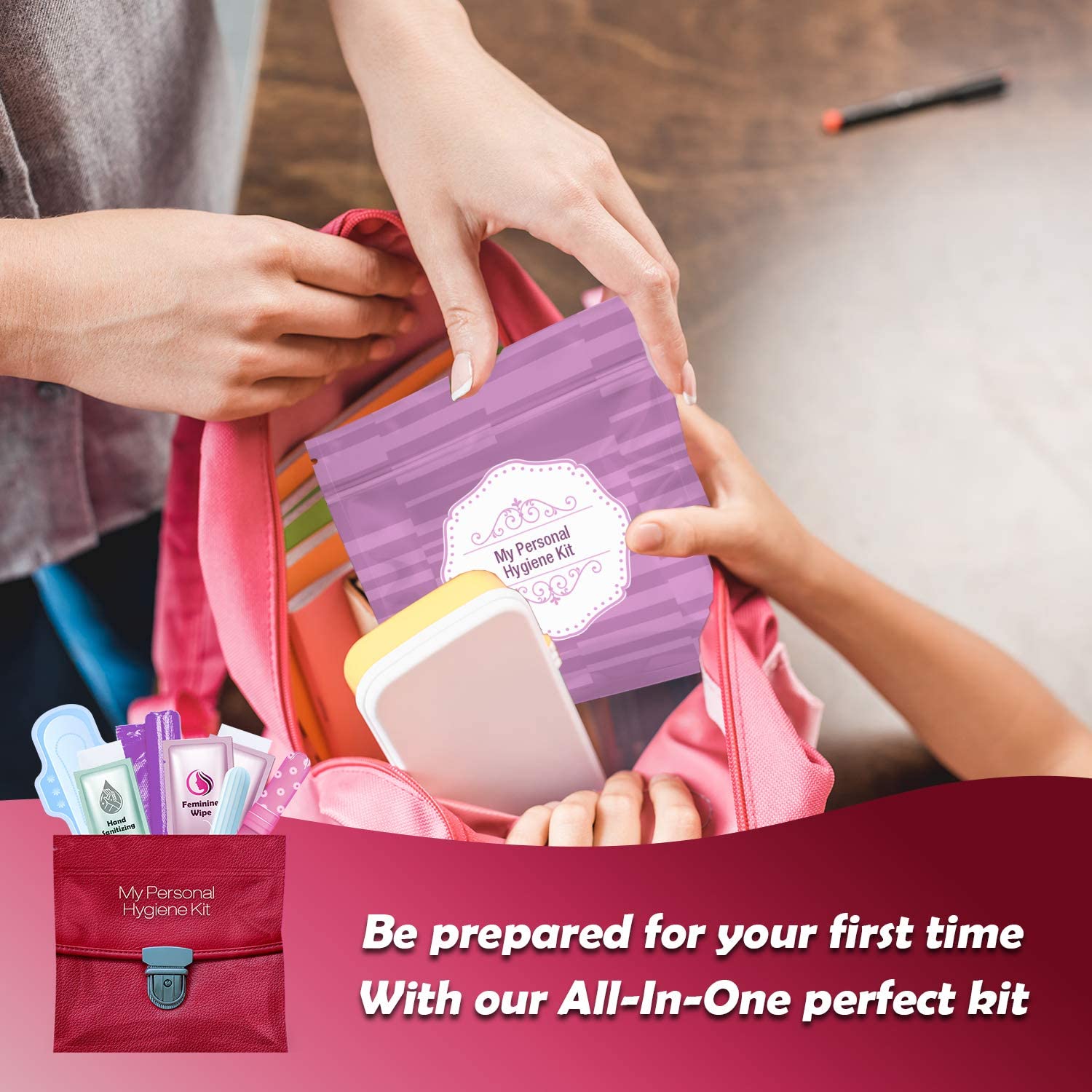
The stark reality of "period poverty" in schools is no longer a whispered secret but a growing concern demanding immediate action. Students across the nation are missing classes, experiencing heightened anxiety, and facing significant barriers to their education simply because they lack access to basic menstrual hygiene products. This crisis is forcing districts, states, and advocacy groups to rethink their approach to student well-being, prompting a surge in initiatives aimed at providing free and accessible feminine hygiene products in schools.
This article explores the escalating movement to combat period poverty by implementing bulk purchasing and distribution programs for feminine hygiene products in schools. It will delve into the reasons behind this push, the practical implications of implementation, the challenges faced by schools, and the long-term impact of ensuring menstrual equity for all students. Furthermore, it will examine different perspectives from students, educators, administrators, and lawmakers, providing a comprehensive overview of this critical issue.
The Growing Recognition of Period Poverty
Period poverty, the lack of access to menstrual products, hygiene facilities, and adequate education, is a significant public health issue. For students, this translates to missed learning opportunities, increased stress, and social stigma. Studies have shown a direct correlation between period poverty and school absenteeism, with many students reporting they have stayed home from school because they didn't have access to pads or tampons.
The impact extends beyond academic performance. It can also negatively affect a student's mental and physical health. A 2021 study by Thinx & PERIOD found that nearly one in four students struggle to afford period products, and that students experiencing period poverty are more likely to report feelings of depression and anxiety.
This awareness has fueled a wave of activism and legislative efforts to address the problem head-on, prompting many states and school districts to consider implementing policies to provide free menstrual products in schools.
The Push for Bulk Purchasing and Accessibility
The shift towards bulk purchasing stems from the recognition that traditional methods of providing feminine hygiene products in schools often fall short. Requiring students to ask the nurse or a teacher can be embarrassing and creates unnecessary barriers. Moreover, the limited quantity available often fails to meet the actual need.
Bulk purchasing allows schools to obtain products at significantly reduced costs. This enables them to provide a more consistent and readily accessible supply in restrooms, eliminating the stigma and inconvenience associated with seeking assistance. Many schools are partnering with organizations like PERIOD.org and other advocacy groups to implement these programs effectively.
These organizations often provide guidance on the types of products to purchase, optimal distribution strategies, and educational resources to promote menstrual health and hygiene.
Implementing Bulk Programs: Practical Considerations
The implementation of bulk purchasing programs requires careful planning and consideration of various factors. These factors include budget allocation, storage space, product selection, and distribution methods. Schools must determine the most efficient and cost-effective way to acquire and distribute products while respecting student privacy and dignity.
Many schools are opting for dispensers in restrooms, allowing students to access products discreetly and as needed. Others are creating designated "period packs" containing a variety of products for students to take home. The key is to create a system that is accessible, inclusive, and responsive to the diverse needs of the student population.
Furthermore, schools need to address potential challenges such as vandalism, theft, and product waste. Establishing clear guidelines and educating students about responsible use can help mitigate these issues.
Challenges and Concerns
Despite the growing momentum, the implementation of bulk purchasing programs is not without its challenges. Funding is a major hurdle, as schools often face budget constraints and competing priorities. Convincing school boards and administrators to allocate resources to this initiative requires strong advocacy and data-driven evidence of its impact.
Some critics argue that providing free menstrual products is not the responsibility of schools. They contend that it is a personal expense that should be borne by families. However, proponents argue that access to menstrual products is a basic necessity, not a luxury, and that schools have a responsibility to ensure the health and well-being of their students.
Another concern is the potential for product preferences and cultural sensitivities. Schools need to offer a variety of products to accommodate different needs and preferences. They should also consider providing educational materials in multiple languages and be sensitive to cultural norms surrounding menstruation.
Perspectives: Students, Educators, and Lawmakers
Students overwhelmingly support the provision of free menstrual products in schools. Many report feeling relieved and empowered knowing that they have access to these essentials. They emphasize that it reduces stress, improves concentration, and allows them to fully participate in school activities. "It's not just about having pads; it's about feeling like you belong and that your needs are being met," says *Maria Rodriguez*, a high school student from California.
Educators also recognize the importance of this initiative. Teachers and nurses report that students often confide in them when they lack access to menstrual products. Providing free products allows them to focus on teaching and supporting students' academic and emotional needs, rather than addressing a basic hygiene issue.
Lawmakers are increasingly recognizing the need for legislative action. Several states have already passed laws requiring schools to provide free menstrual products, and others are considering similar measures. These laws aim to ensure that all students, regardless of their socioeconomic status, have access to the resources they need to thrive in school. *Senator Jane Smith*, a key proponent of menstrual equity legislation, states, "This is not a luxury; it's a necessity. We must ensure that all students have the opportunity to learn and succeed, free from the burden of period poverty."
Looking Ahead: The Future of Menstrual Equity in Schools
The movement to provide free menstrual products in schools is gaining momentum, driven by a growing awareness of period poverty and its detrimental impact on students. While challenges remain, the increasing number of states and school districts implementing bulk purchasing programs indicates a positive trend towards menstrual equity.
The long-term impact of these initiatives is expected to be significant. By ensuring that all students have access to menstrual products, schools can reduce absenteeism, improve academic performance, and promote overall well-being. This will create a more equitable and supportive learning environment for all.
Ultimately, the goal is to normalize menstruation and eliminate the stigma associated with it. By openly addressing this issue and providing resources to support students, schools can foster a culture of empathy, understanding, and respect. This will empower students to embrace their bodies and participate fully in their education, paving the way for a brighter future.


